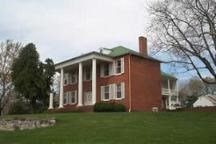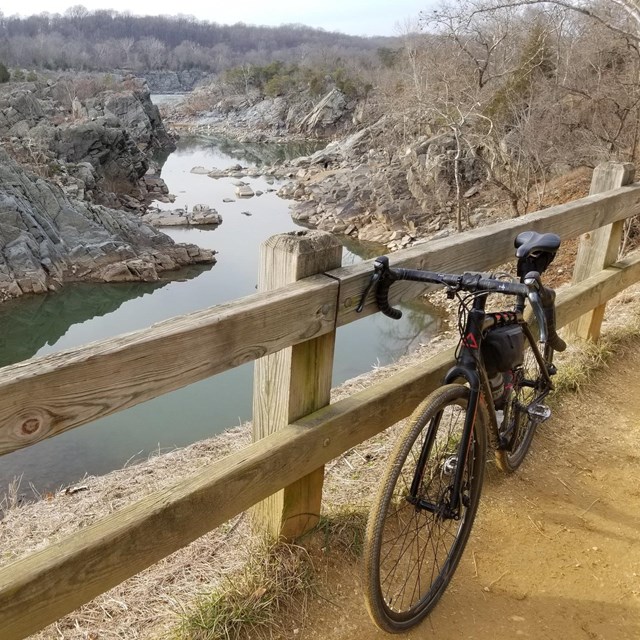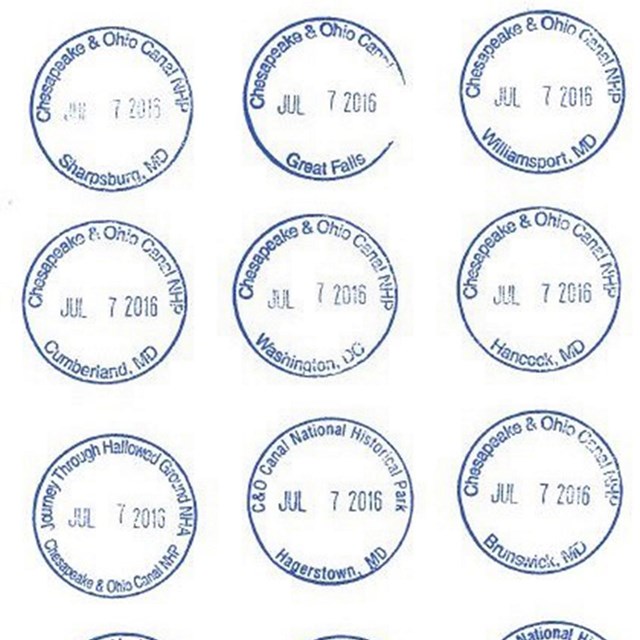
NPS/Harpers Ferry Center Crossroads of OpportunityLong before a bridge stretched across the Potomac River, a flatbed ferry operated here moving goods and people. Thomas Van Swearingen started a ferry in this location in 1765, providing a vital crossing along the Great Wagon Road that stretched from Pennsylvania to North Carolina. Seeking FreedomPathways to freedom followed transportation routes like the Potomac River and the C&O Canal. The Chesapeake and Ohio Canal, built between 1828 and 1850, was a route for individuals seeking freedom from slavery. As they fled inhumane working and living conditions, many of them passed through this region on their way to self-emancipation across state and sometimes international borders. Daphney’s Story of CourageOne of many to attempt an escape through this region was Daphney, a woman enslaved by John Blackford at nearby Ferry Hill Plantation. She made two attempts to freedom in the 1830s, suffering a miscarriage of twins in between. Both her attempts were unsuccessful. Daphney may have been driven by fear over Blackford’s declining health, since upon his death her future would be uncertain. Less than a year after Blackford’s death, Daphney was sold away from her family to Philip J. Fontane in Key West, Florida. A Mid-Atlantic PlantationThe 700-acre Ferry Hill Plantation, developed here in the mid-1800s, was a thriving agricultural business. Unlike plantations in the Deep South, Ferry Hill had multiple streams of revenue and grew a variety of crops. All of these endeavors relied on enslaved African Americans who worked side-by-side with free white and Black laborers. Workers were not treated equally; white workers were corrected verbally, while enslaved workers were "corrected" with a whip. The People of Ferry HillMuch of what is known about Ferry Hill Plantation comes directly from historic records. John Blackford, his son Franklin Blackford, and his daughter's adopted son Henry Kyd Douglas, kept detailed diaries, chronicling their life and time on the plantation. However, there are no records from the people enslaved at Ferry Hill.

NPS Photo Modern HistoryThe property passed on to Nannie Cowen, a daughter of John and Helena, who, with her husband, ran a pig farm from 1914 through 1928. Times were hard, but the Beckenbaughs continued to struggle on. In 1941, the family turned Ferry Hill into a restaurant, which it remained until 1974, despite being sold to a restaurant employee. The link with John Blackford was severed in 1951 when the house was sold to Frederick Morrison. It provided a perfect location for a restaurant. Many students from Shepherd College recall enjoying an evening of dining and dancing at Ferry Hill. It was during this period that extensive changes were made to the house. The imposing columns facing the river were added. The wall separating the kitchen from the dining room and the servant's staircase were removed. An addition was added to the back of the main house and many of the out buildings were torn down. In 1973, the house was sold to the National Park Service. Because of its location along the Chesapeake and Ohio Canal, it served as the headquarters of the Chesapeake and Ohio Canal National Historical Park from 1979 until 2001. LOCATIONFrom TowpathNear mile 72.80 by Lock 38 Address for Parking16500 Sharpsburg Pike Mailing AddressC&O Canal NHP Headquarters THINGS TO DO
|
Last updated: March 14, 2024


